Optical telegraph, microwave network and Tesla tower: unusual communication towers
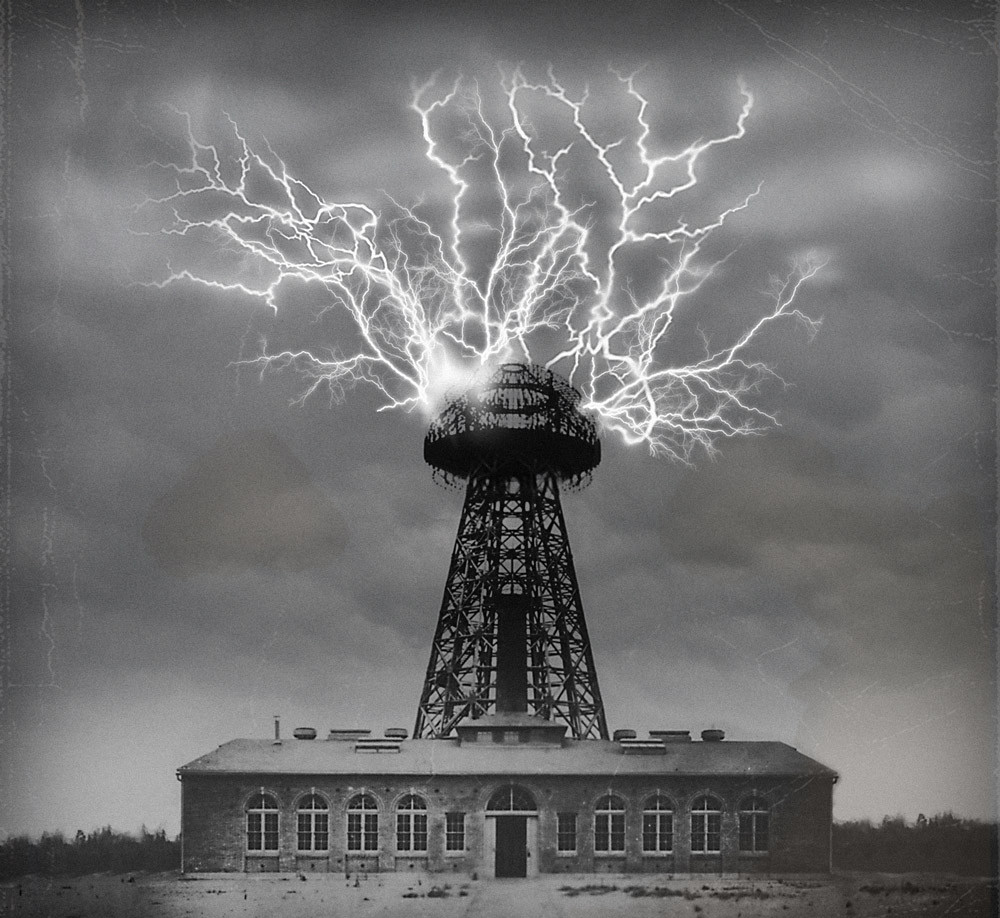
We are all used to the fact that the towers and communication masts look dull or unsightly. Fortunately, in history there have been - and are - interesting, unusual examples of these, in general, utilitarian structures. We have compiled a small selection of communication towers, which seemed to us especially noteworthy.
Stockholm tower
Let's start with the “trump card” - the most unusual and oldest design in our selection. To call it "tower" does not even turn the tongue. In 1887, a square tower was built from steel trusses in Stockholm. With turrets in the corners, flagpoles and decorations around the perimeter - beauty!
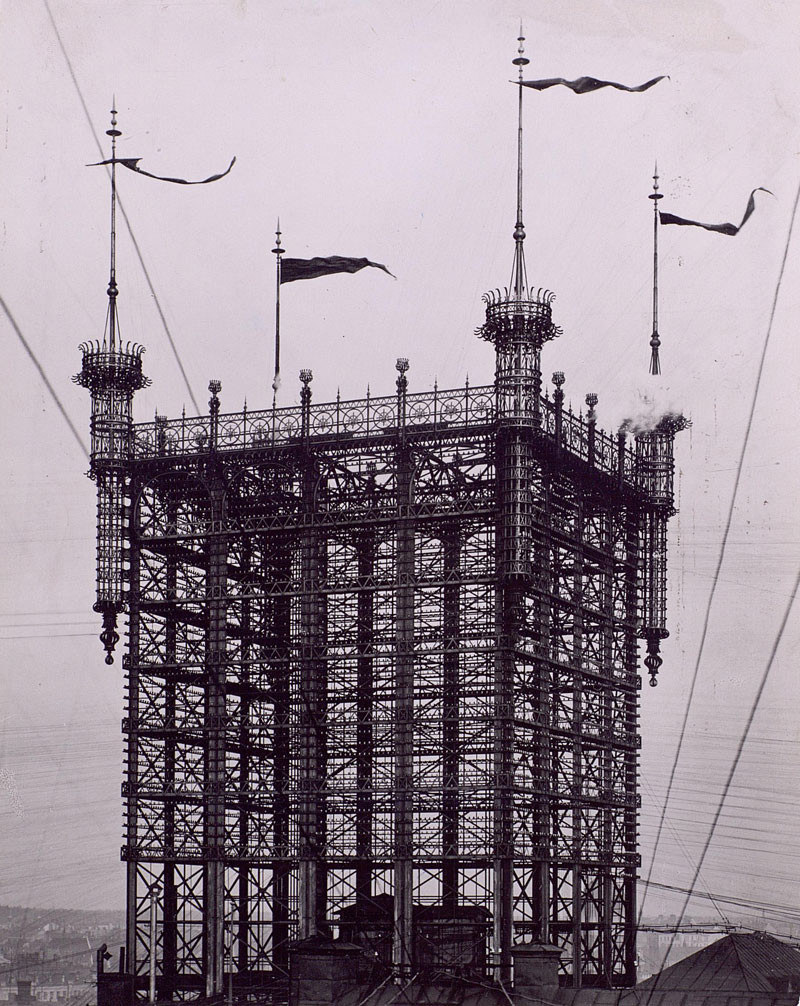

The tower looked especially magical in winter, when the wires iced up:
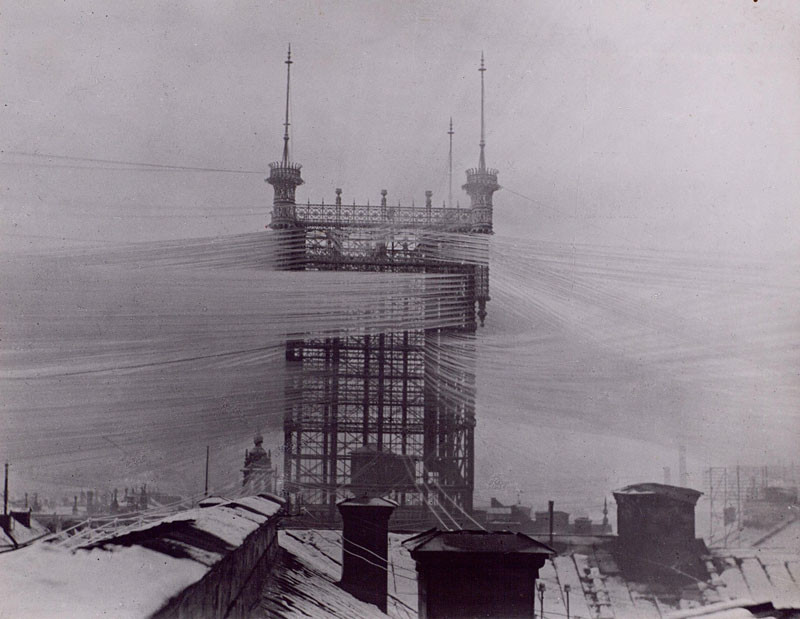
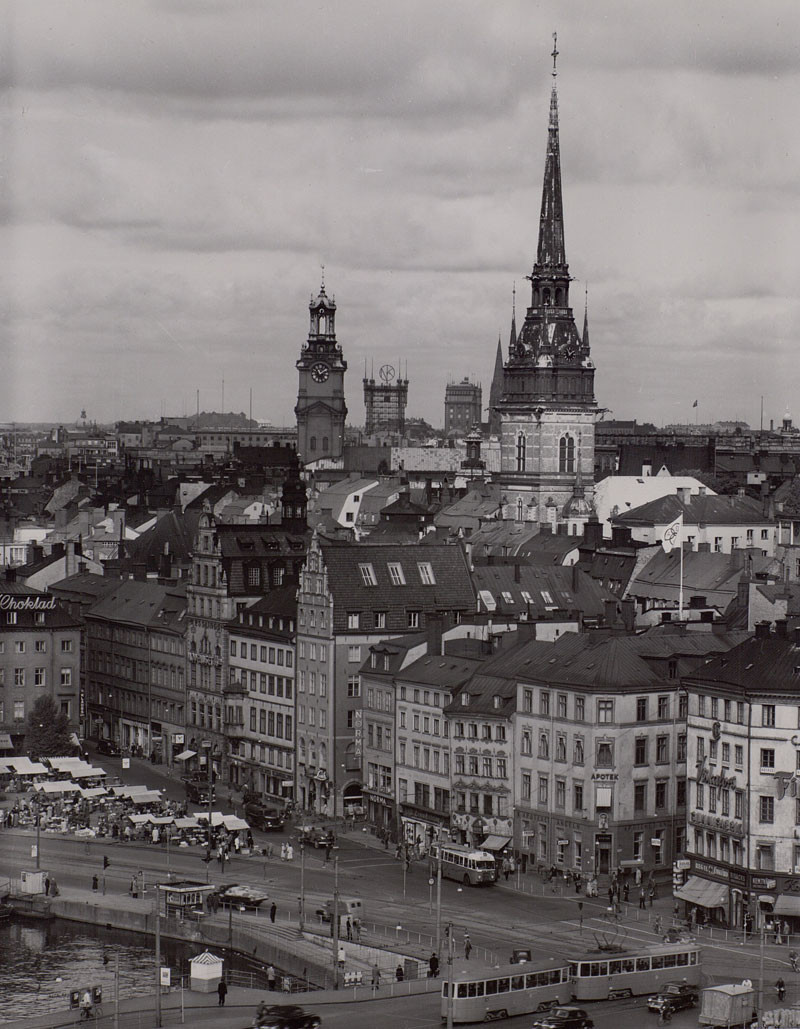
In 1913, the tower ceased to be a telephone hub, but they did not begin to demolish it and left it as a city attraction. Unfortunately, exactly 40 years later, a fire broke out in the building, and the tower had to be dismantled.
Microwave network
In 1948, the American company AT&T launched an expensive project to create a network of microwave relay towers in the microwave range. In 1951, a network of 107 towers was put into operation. For the first time it was possible to make phone calls all over the country and transmit a TV signal exclusively “over the air”, without using wired networks. The sockets of their antennas are somewhat reminiscent of phonographs or designer speakers built according to the reverse speaker scheme.
However, the network was later abandoned because the microwave replaced the microwave radio relay. The fate of the towers was different: some rusted idle, others sawed into scrap metal, some are used to organize communications by smaller companies; some towers are used by local residents for their needs.
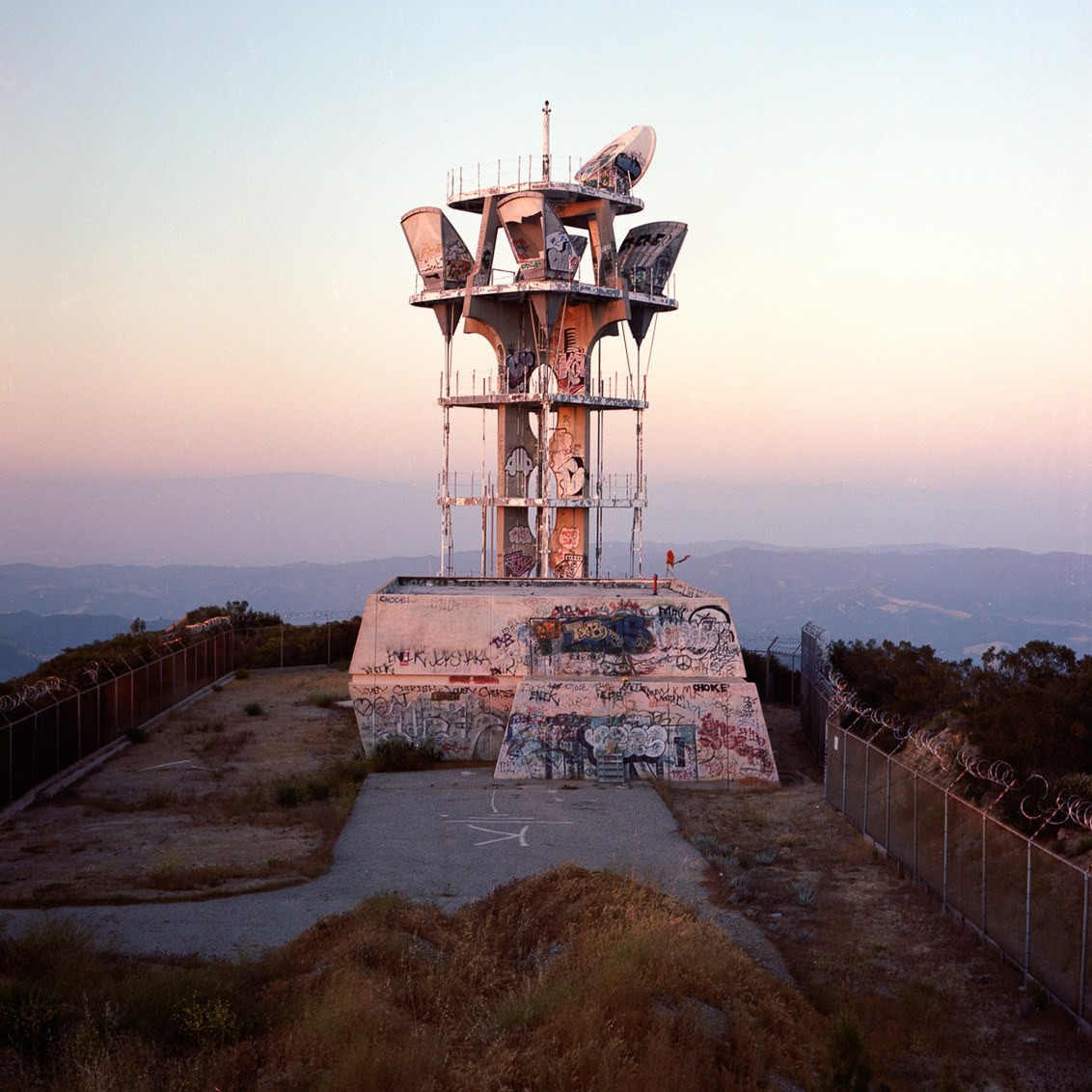
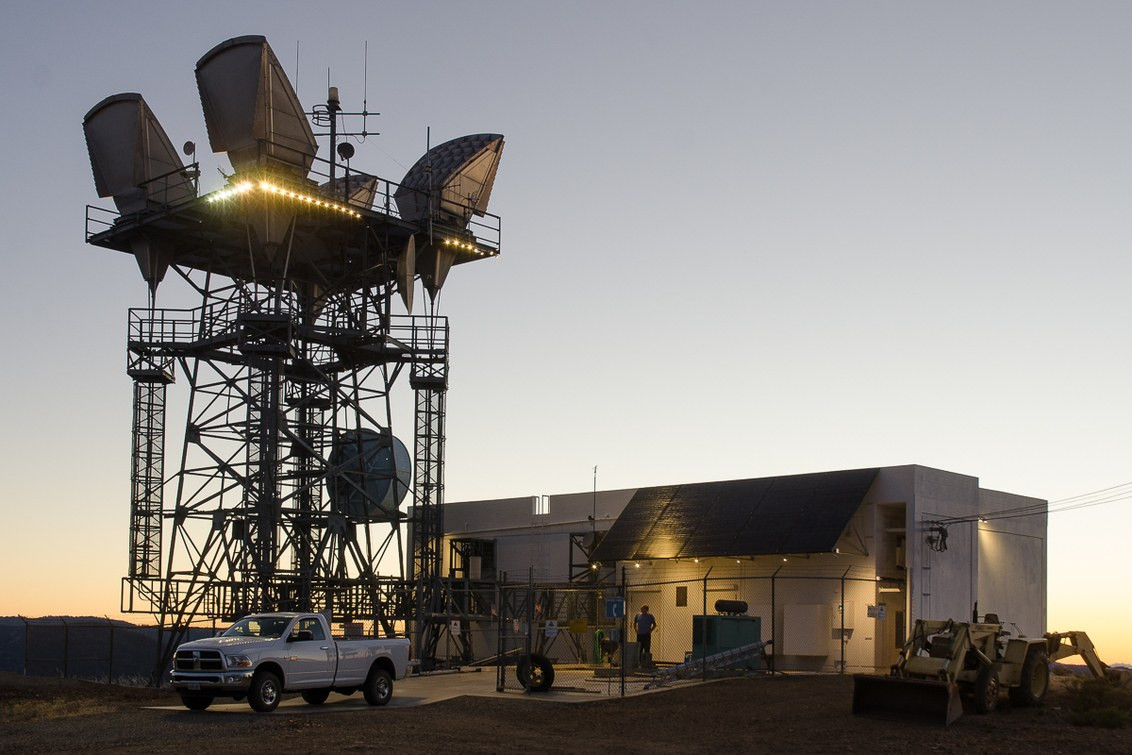
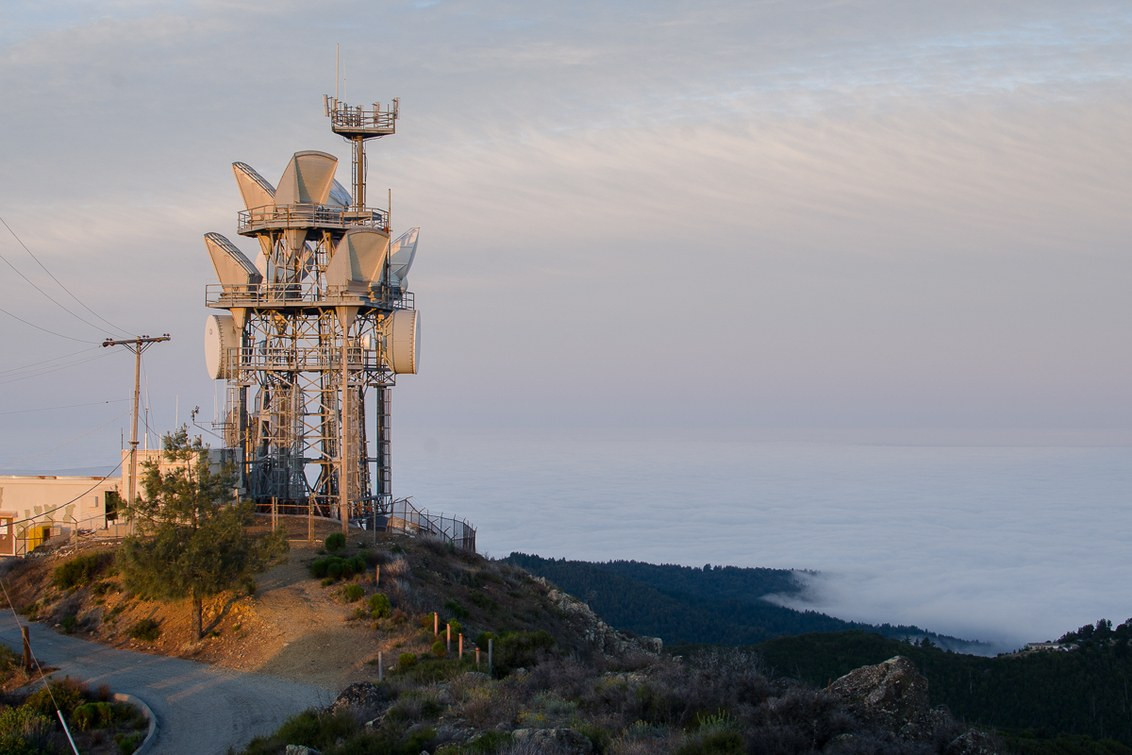
Wordencliff Tower
Nikola Tesla was a genius, and probably still underestimated. Perhaps not without a share of madness. Perhaps if investors had not let him down, he could have gone down in history as a person who changed the life of all mankind. But now one can only guess about it.
In 1901, Tesla began the construction of the Vordencliffe tower, which was to form the basis of the transatlantic communication line. And at the same time, with her help, Tesla wanted to prove the fundamental possibility of wireless power transmission - the inventor dreamed of creating a worldwide system of power transmission, broadcasting and radio communications. Alas, his ambitions contradicted the business interests of his own investors, so Tesla simply stopped giving money to continue the project, which had to be closed in 1905.
The tower was built next to the Tesla laboratory:

Alas, the brainchild of a genius has not survived to this day - the tower was dismantled in 1917.
Three-horned giant
And this tower lives and lives, is actively used and brings benefits. A 298-meter-high structure erected on a hill in San Francisco. It was built in 1973 and to this day is used for television and radio broadcasts. Until 2017, the Sutro tower was the highest architectural object in the city.
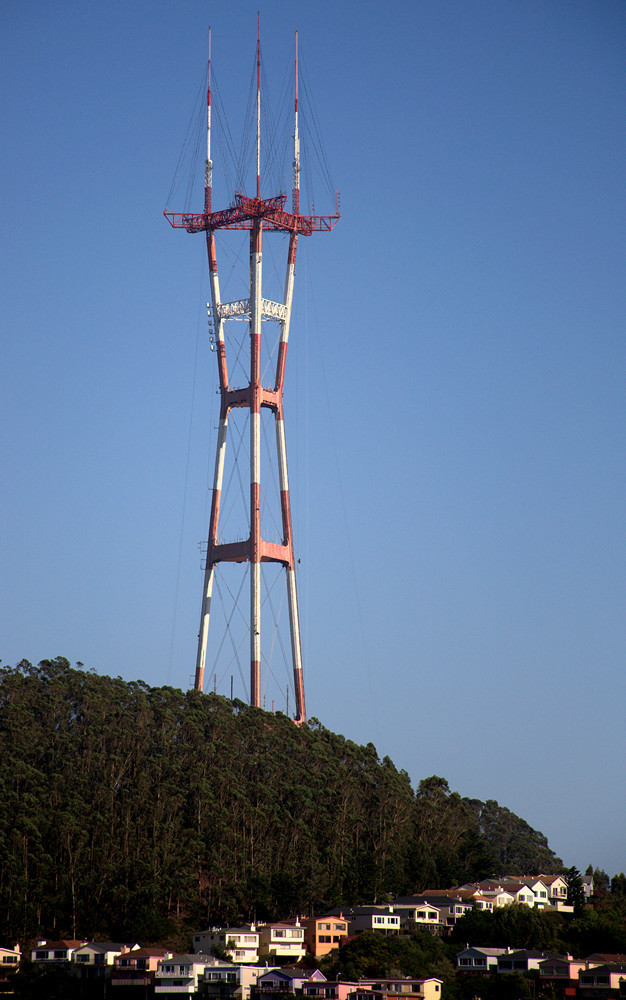

By clicking on this picture a full-size photo will open:

View of San Francisco from the tower:
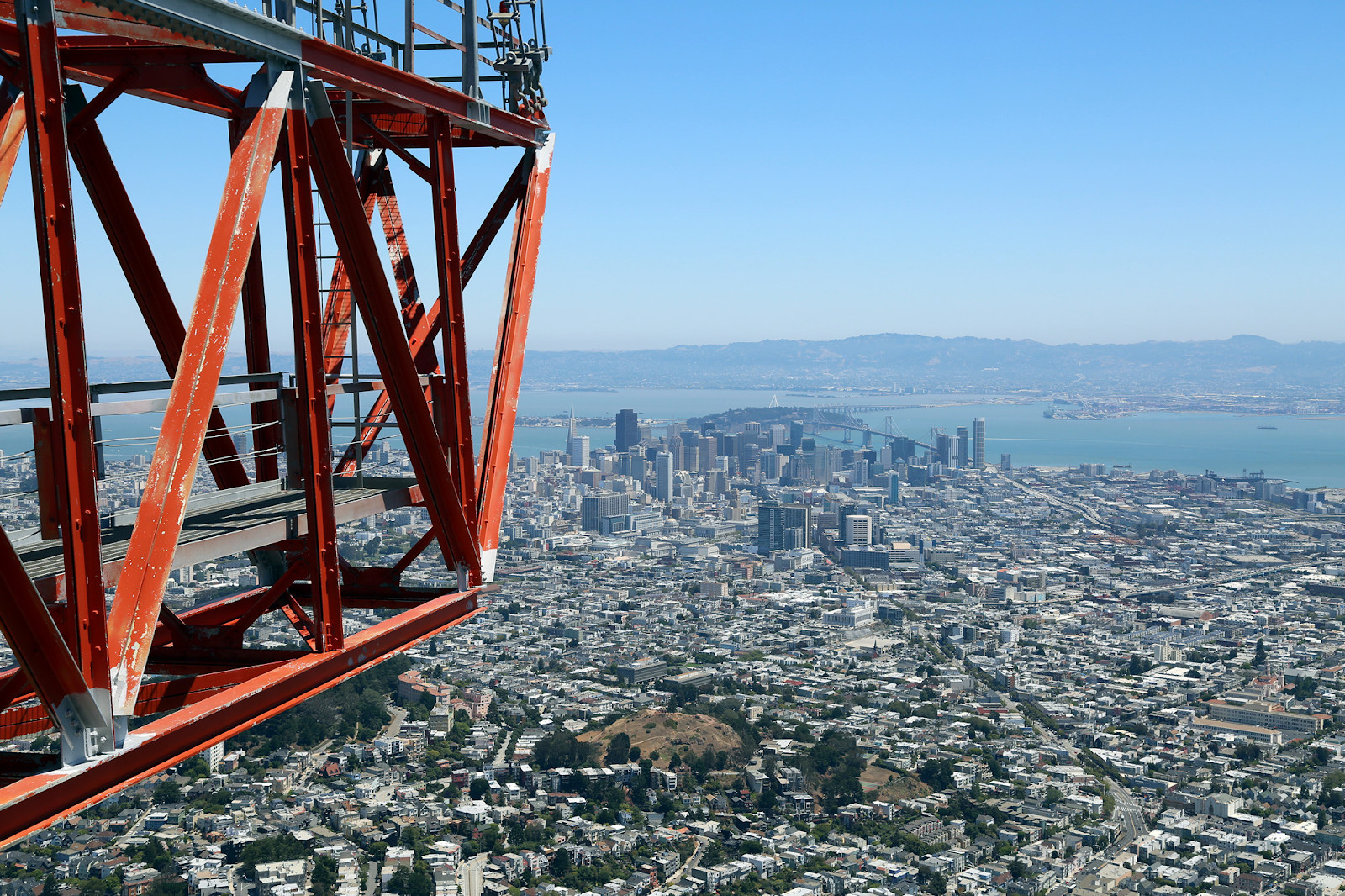
In shallow water
Once the US Air Force built several radio relay communication towers in the Gulf of Mexico.
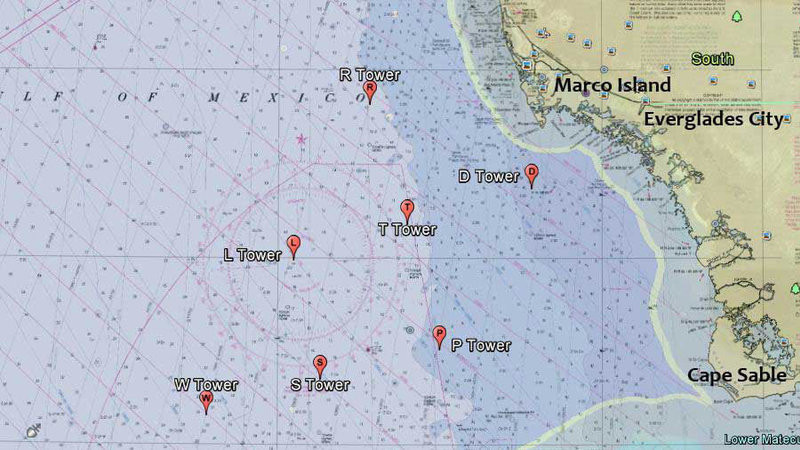
Right at the bottom, in shallow water, steel tripods were mounted on concrete foundations, and the slender antenna masts with equipment platforms, on which a small house fits, rise above the water. A very unusual sight is an openwork mast sticking out in the middle of the sea.
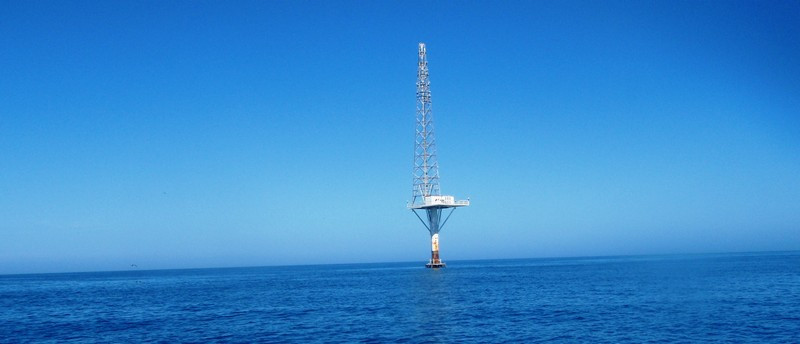
As this usually happens, the development of communication technologies has made the towers unnecessary, and today the military does not know what to do with them: whether to cut, or flood, or leave as is. It is curious that over the years of its existence, antennas have turned into peculiar artificial reefs with their tiny ecosystems, and they were chosen by lovers of sea fishing and diving, who even filed a petition so that the towers did not destroy.

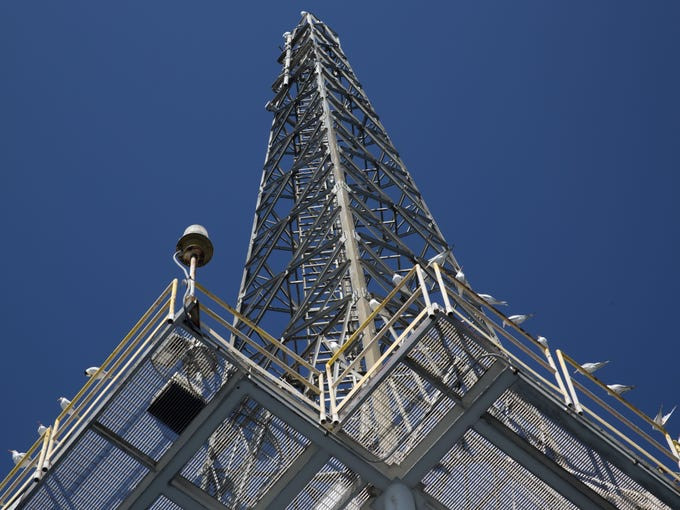
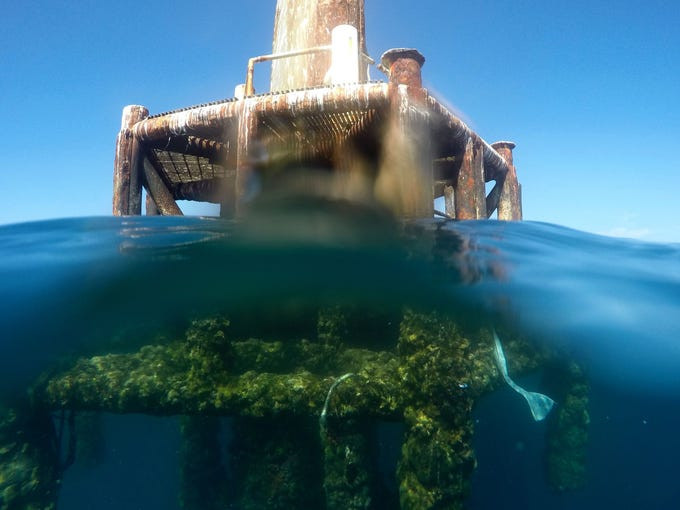
To the radio
And at the end of our selection, we want to talk about the invention of the two French, the Schapp brothers. In 1792, they demonstrated the so-called "semaphore" - a small tower with a rotating transverse bar, at the ends of which there were also rotating strips. The Schapp brothers suggested encoding the letters and numbers of the alphabet using different positions of the bar and slats.

It was necessary to rotate the bars and the bar manually. Today, all this looks wildly slow and uncomfortable, moreover, such a system had a serious drawback: it depended entirely on the weather and time of day. But at the end of the 18th century, it was an awesome breakthrough - between cities along a chain of towers, short messages could be transmitted in about 20 minutes.
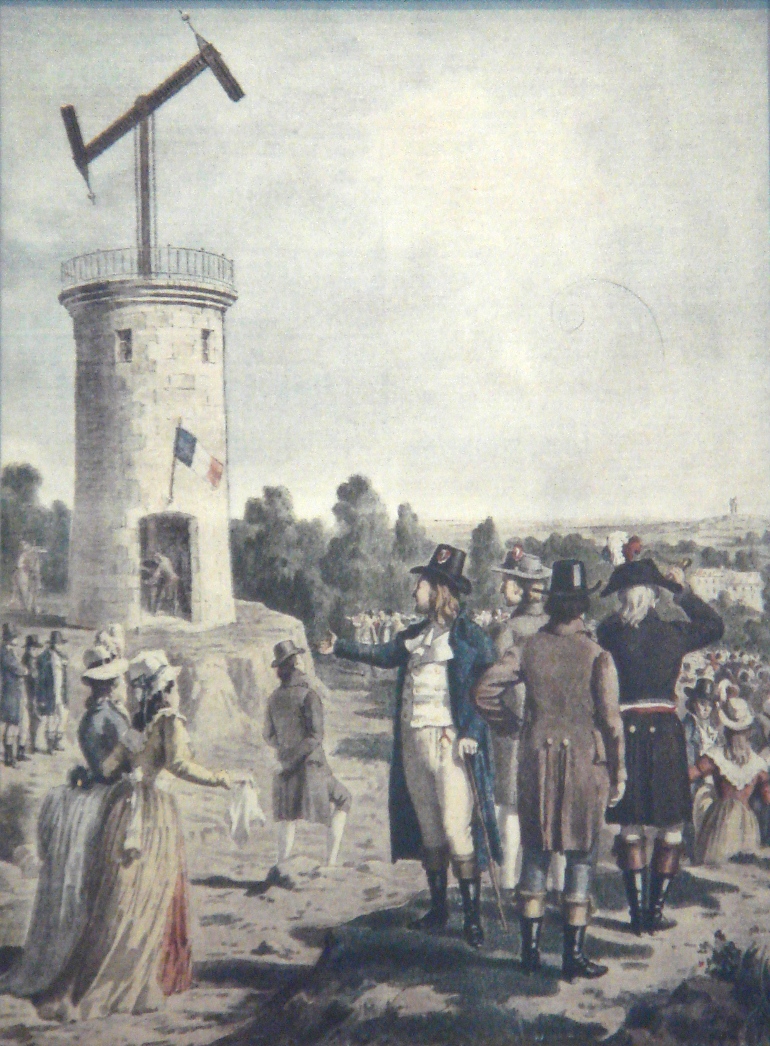
And by the middle of the 19th century, all types of optical telegraphs - including variants that used light signals - were replaced by an electric, wire telegraph. And on some architectural monuments turrets still exist on which semaphore towers used to stand. For example, on the roof of the Winter Palace.
All Articles